PROJECT INFORMATION
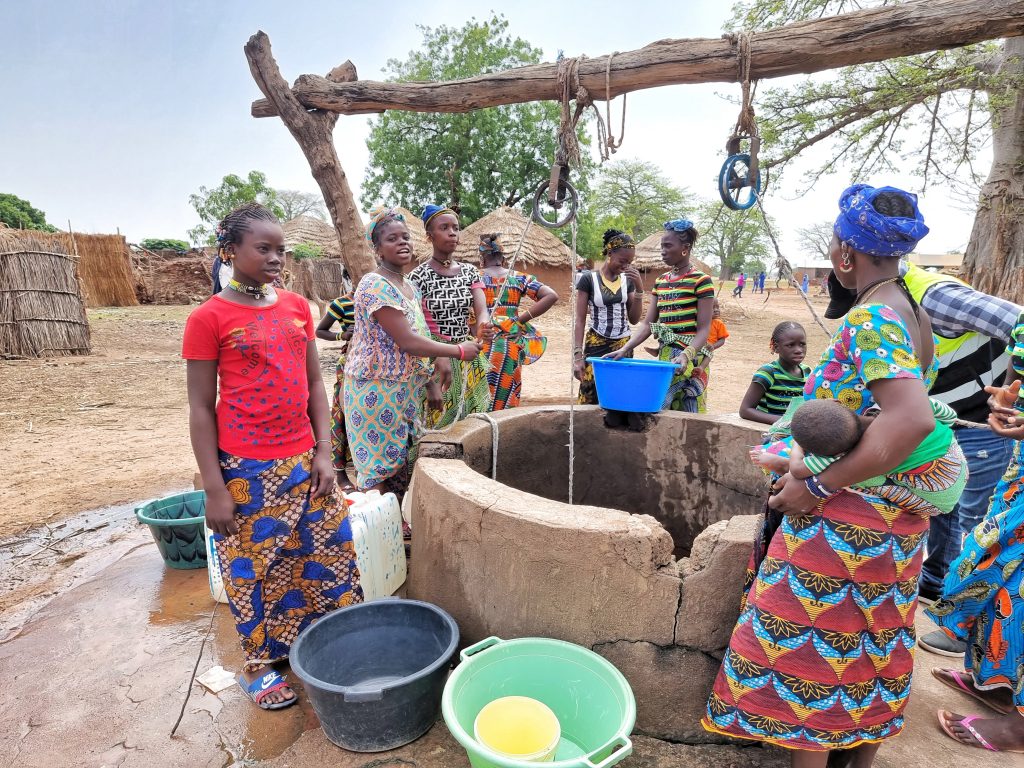
Location of Project: Tento Malick Bah Village, Upper Saloum District, Central River Region, The Gambia, West Africa; GPS Coordinates: N13°46.948 W015°05.687
DESCRIPTION PROJECT COMMUNITY
The small village of Tento Malick Bah, located 5 kilometers off the northern Trans-Gambia Highway via Panchang in the Central River Region, consists of Fula and Wollof tribal members. The village is composed of 18 family compounds and 29 households. Tento Malick Bah is populated by approximately 300 people whose livelihoods are primarily based on subsistence farming, growing groundnut, maize and millet. Both the Wollof and Fula tribal members live harmoniously together in the village.
DESCRIPTION OF PROBLEM
The village’s reliance on subsistence farming for income and staple foods is fraught with challenges and risks. Due to climate change, the rainy season starts later and ends earlier; soil fertility is generally poor; they have limited if any defenses against agricultural pests such as locusts, etc. The deck is definitely stacked against ensuring stable and sustainable livelihoods and food security in the village.
But the greatest threat to the community is the lack of clean drinking water. There is only one un-covered well in the village with a depth of about 28 meters down to the water table. Water is drawn from the well using a rope and pulley and a great deal of effort. This open well is the only source of drinking water for the entire community. During the dry season, the inflow of water into the well doesn’t always keep up with the amount being collected. Women and children sometimes rise before dawn to wait in lines at the well to fetch the water that has accumulated overnight. But, before long, the water level lowers and the water becomes clouded with sand and silt. This water must be allowed to settle and then sifted through a cloth to remove as much sediment as possible. Recently, a dog fell in the well and died—going unnoticed by the villagers who drank from the well. An outbreak of diarrhea hit the village, resulting in various water-borne sicknesses. The remains of the dog were later removed from the well. In spite of their best efforts, diarrhea and other ailments attributed to drinking the water are all too common. Rarely a week goes by when a family doesn’t have to take at least one family member to the medical clinic a few kilometers away for treatment. This is a drain on time and money, which contributes yet further to income and food insecurity in the village.
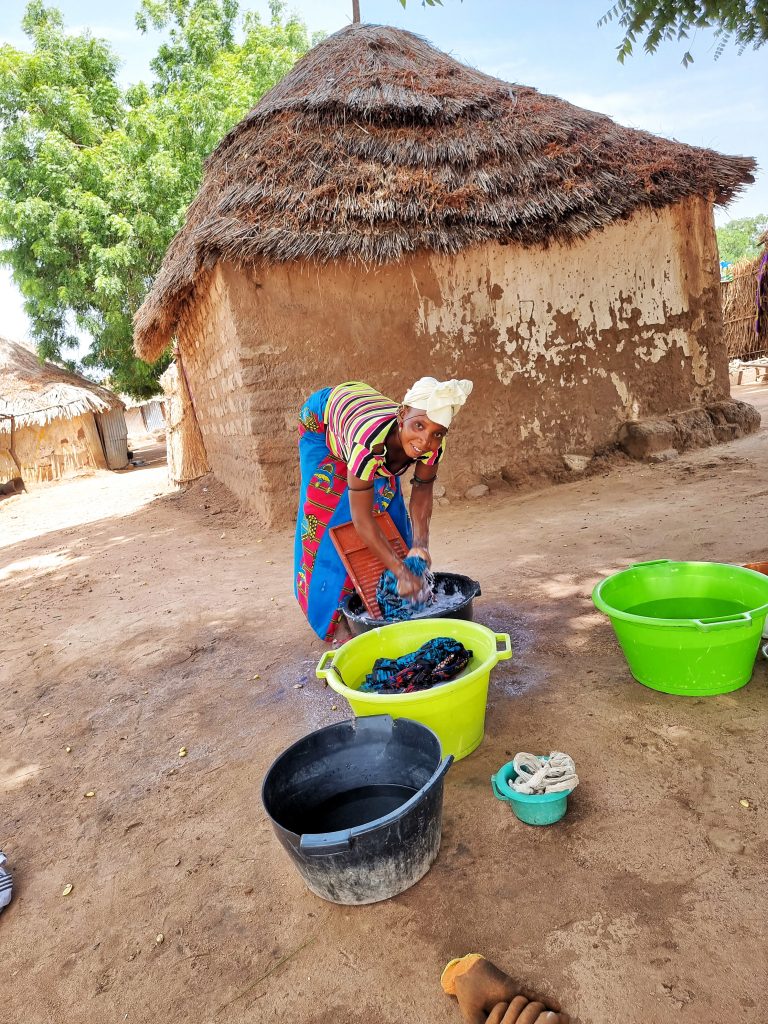
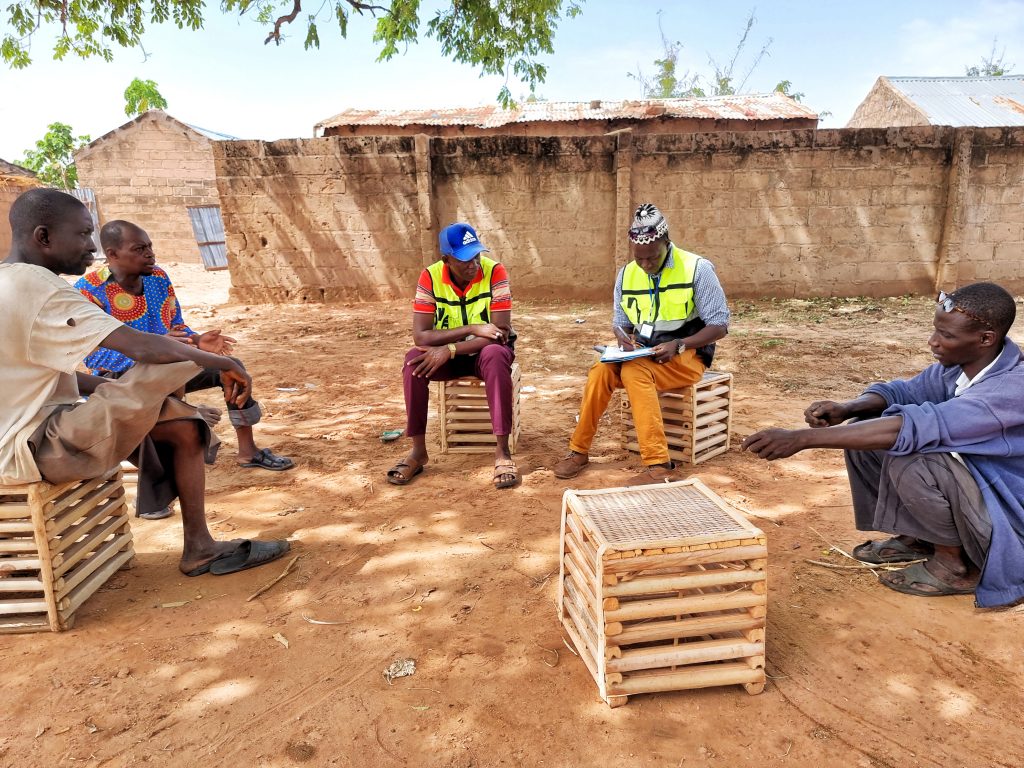
DETAILED PROJECT DESCRIPTION
The project will include the following:
Stage 1: Drilling of a 4.5-inch borehole at the depth of 55 meters, by a reputable drilling outfit. This deep drilling will provide an ample flow of clean fresh water all year-round. A high-quality GRUNDFOS solar submersible pump will be installed along with high-quality mono-crystalline solar panels. A fully braced 6-meter galvanized tower will be built and a 2,000-liter triple-coated water storage tank will be mounted on the tower. All works will be fully monitored for quality assurance and effective execution of work with a warranty provided.
Stage 2: This stage involves the laying of pipes from the water tower to three selected water points (taps) in the village. This will be completed by the contractor supported by the villagers. Three water points will be erected which will make water accessible and easier to reach by all villagers. The pressure pipes and plumbing materials will be of high-quality material considering the harsh environmental conditions around that area.
COMMUNITY PARTICIPATION
The community will provide some of the manual labor, including the digging of trenches and pipe laying, etc. They will also provide gravel and sand as their contribution towards the project. Any other necessary manual labor will also be provided by the community. The village will also host and feed the workers.
MONITORING AND MAINTENANCE
The community has already set up a solid and trustworthy Water Management Committee that will oversee the sustainability of the project. The team is gender-balanced, consisting of three males and three females.
Further training will be conducted for the Water Management Committee on the Community Water Management Model, after the completion of the project, and also to sensitize the community on the importance of taking good care of the taps and the entire water system to maintain durability. The selected water committee members will be visiting taps regularly to check if every tap is working properly. It was strongly agreed at the same meeting that every month, each compound head will pay a token and a bank account will be opened by the village water committee, with three mandatory signatories, where the collected amount will be saved for future maintenance and repair. The committee will be transparent and audited in the financial transactions, reporting monthly to the villagers at the Bantaba (village square) to be coordinated by the Alkalo (village head). Through this mechanism, the community will maintain a sense of ownership and responsibility.
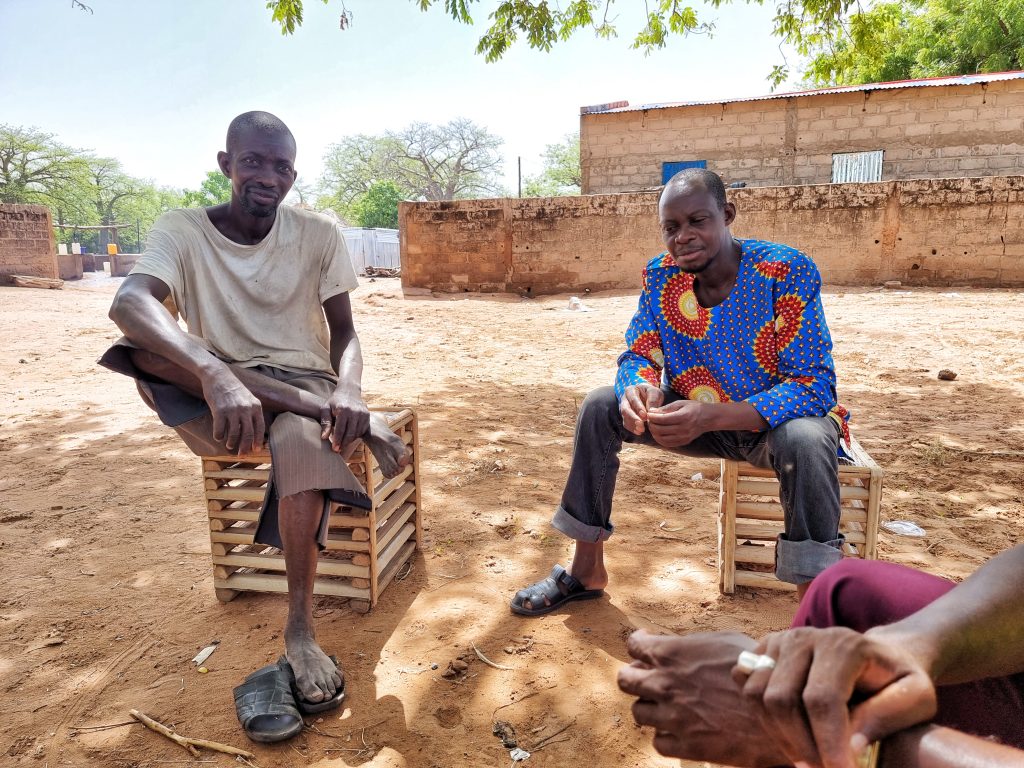
Three people have been identified to be in charge, of monitoring and controlling the solar-powered water borehole system after the completion of the project. The borehole drilling outfit has offered to train these three identified persons on the usage of the water system and how to report to them if there is any fault.
Water Charity Program Director (Ebrima Marong) will visit the community regularly to check whether the system is working accordingly and also check if the water management committee is working effectively.
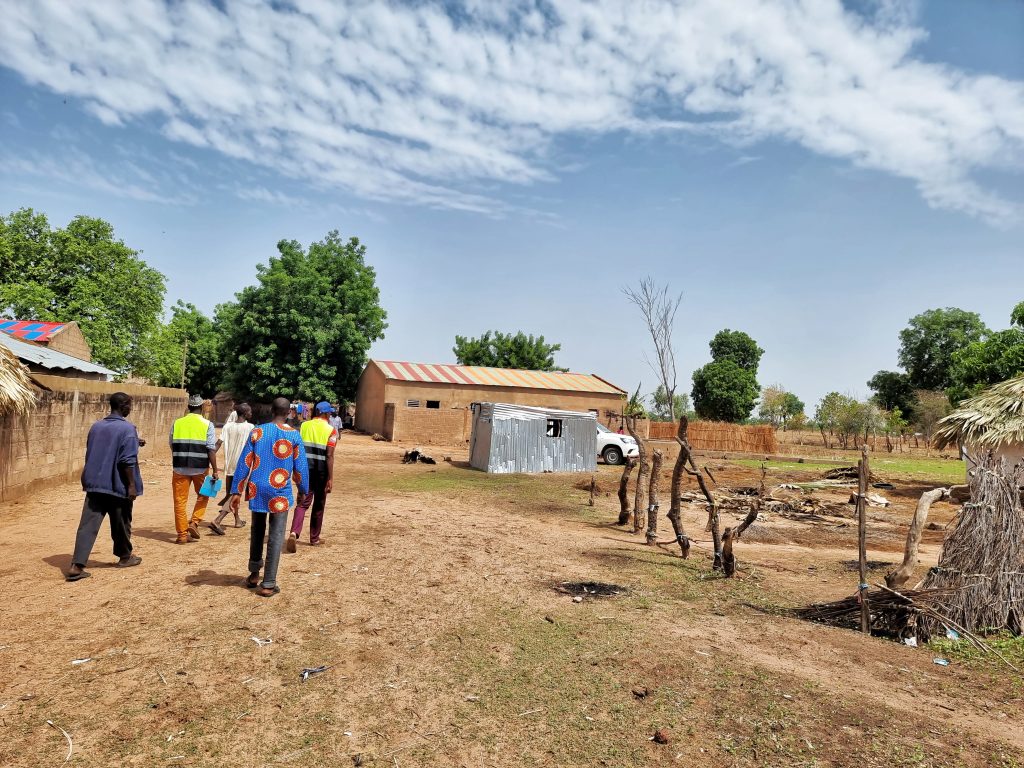
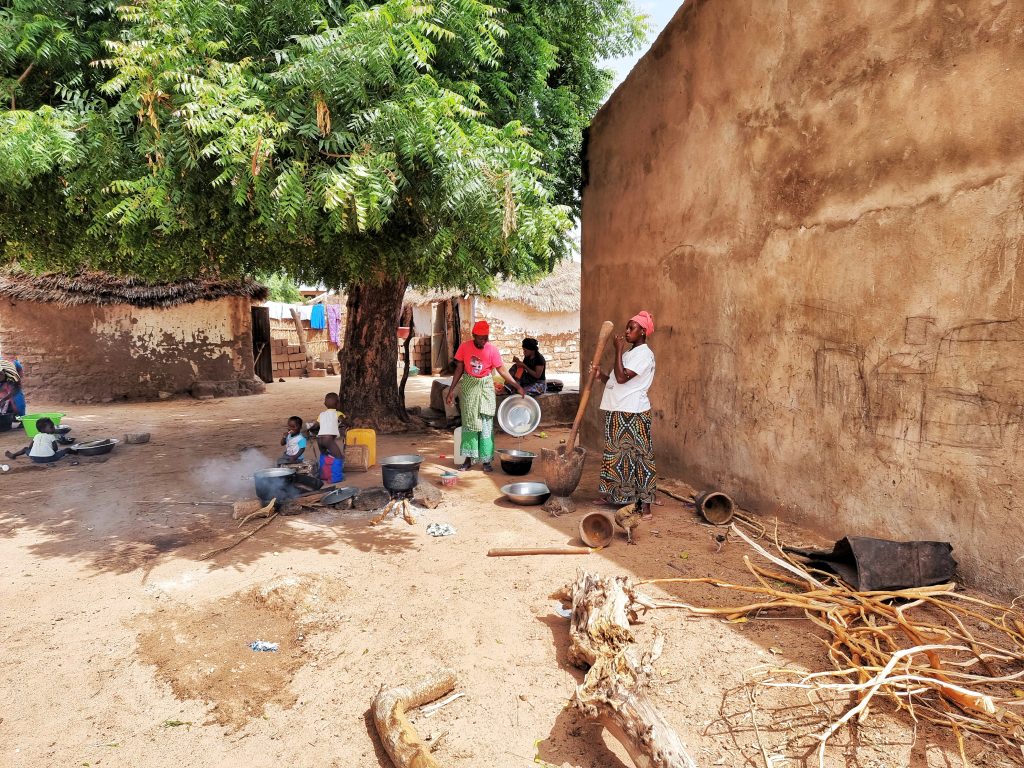
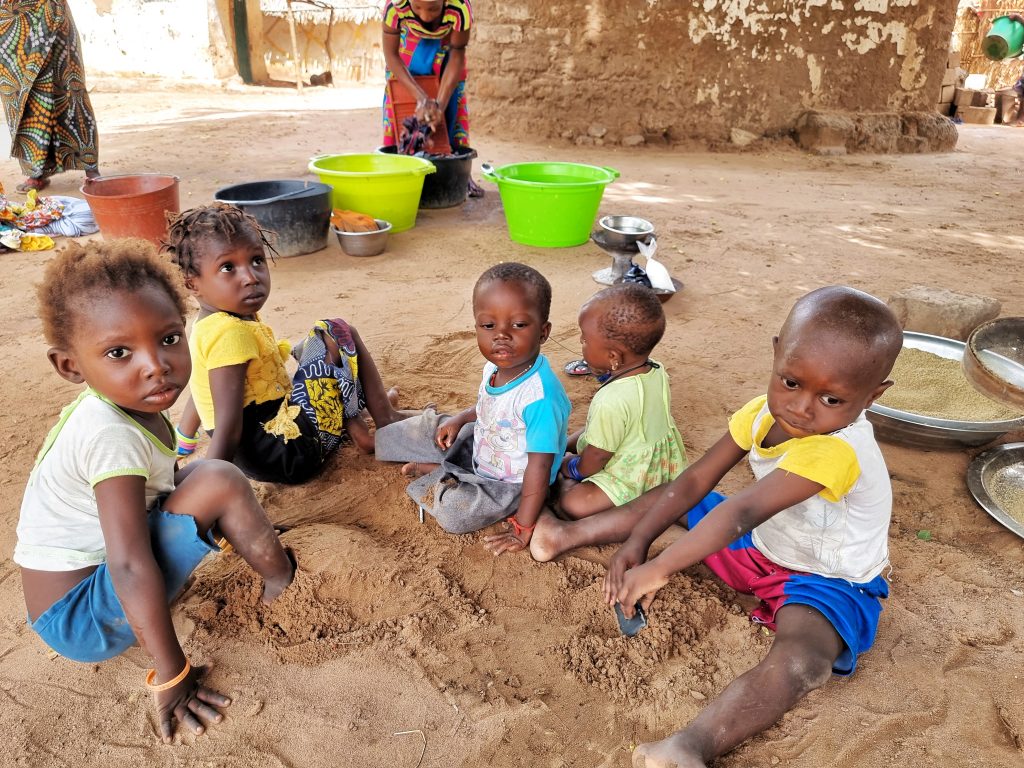
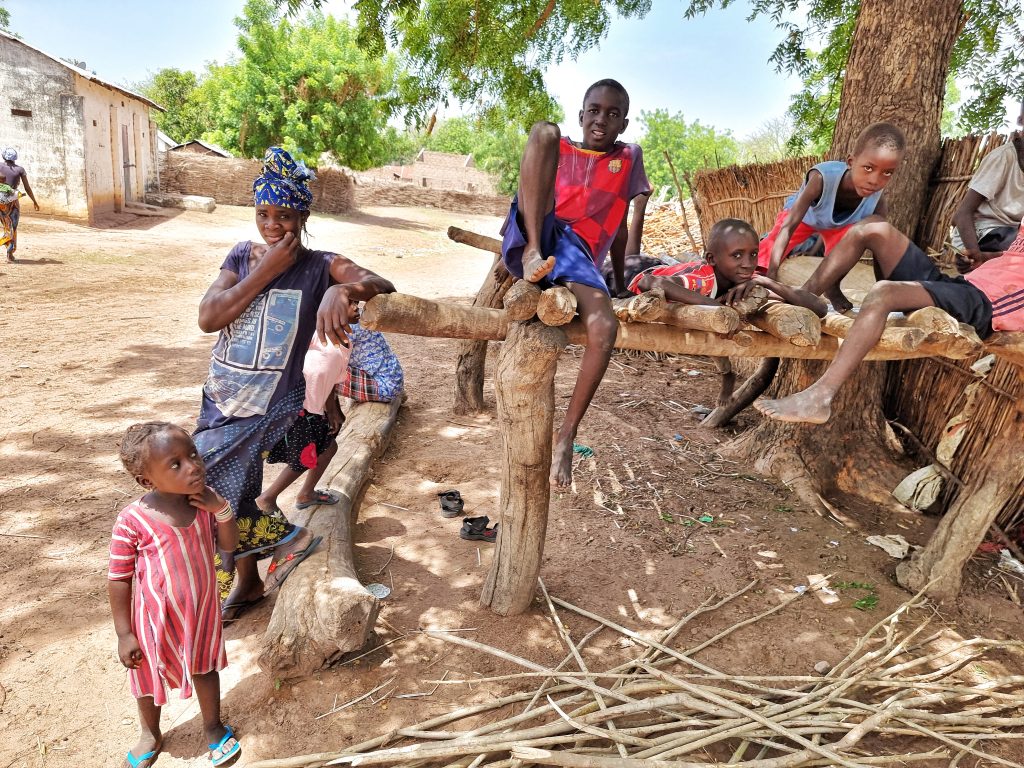

This project has been finished. To read about the conclusion of the project, CLICK HERE.